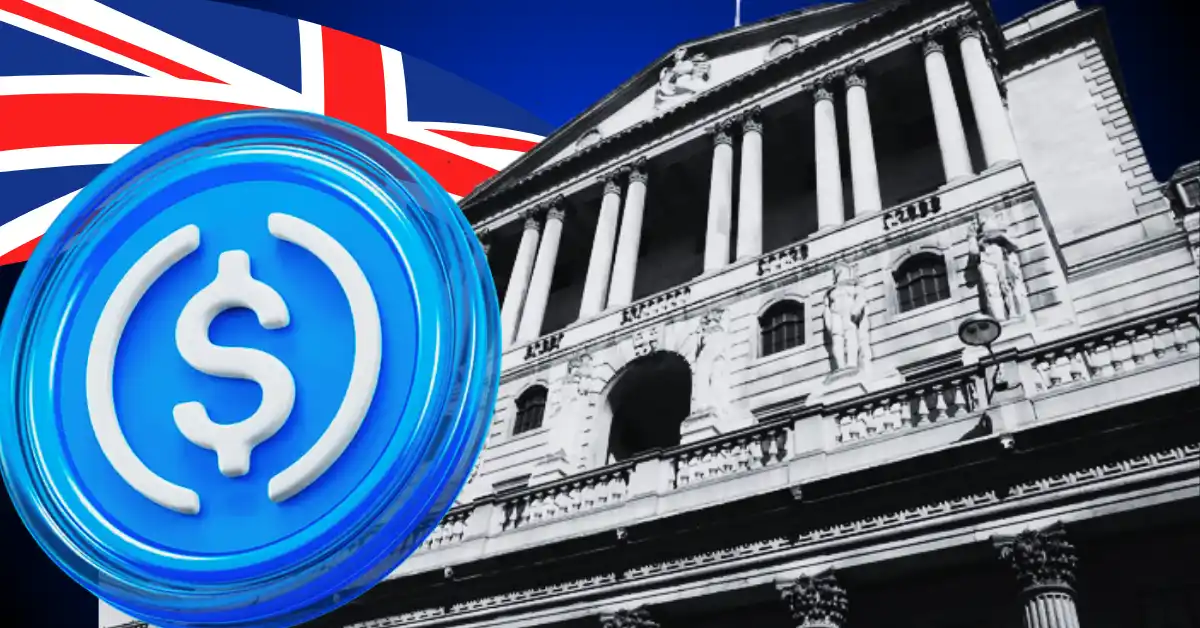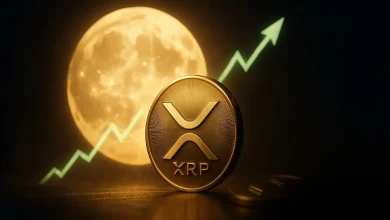
The Governor of the Bank of England has issued a statement, warning banks against issuing their own stablecoins.
Andrew Bailey states his disagreement on Donald Trump's idea of stablecoin regulation in the US.
Andrew Bailey, Governor of the Bank of England and Chair of the Financial Stability Board, has issued a statement, warning banks against issuing their own stablecoins. In a recent interview, Bailey expressed concerns related to the risks of financial stability in digital currency.
Bank of England Warning Against Stablecoins
Andrew Bailey’s comments addressed all the central bankers in the world who have called for stablecoin regulation. He expressed concerns that stablecoins could destabilize the financial system and undermine sovereign governments’ control over their currencies, leading to illicit activities.
Citing the risks associated with cryptocurrency, Bailey suggested that the world’s central banks should pursue tokenized deposits, digital versions of traditional money, rather than adopting private-sector stablecoins or issuing central bank digital currencies (CBDCs).
Bailey said, “I would much rather [banks] go down the tokenised deposit streets and say, how do we digitise our money, particularly in payments.”
Bailey Reiterates Digital Deposits
In his interview, Bailey also said that he did not want the United Kingdom to adopt central bank digital currency (CBDC), also known as the ‘digital pound.’ He said it would be sensible for the UK to work towards digitizing deposits rather than adopting CBDCs.
Bailey stressed his idea by diverging the UK’s view on digital money from the US’s views. He disagreed with US President Donald Trump’s idea on stablecoin, and said, “I would say that the US is going towards stablecoins. The European Central Bank is going towards central bank digital currency. Neither of them is going towards tokenising deposits.”
Final Thought
Additionally, Bailey reiterated that cryptocurrencies are not actual money as they do not function like traditional money, advising investors to approach them cautiously. While the US is currently exploring digital currencies and making new laws to regulate stablecoins, UK authorities are issuing warnings against the potential risks associated with them.
Never Miss a Beat in the Crypto World!
Stay ahead with breaking news, expert analysis, and real-time updates on the latest trends in Bitcoin, altcoins, DeFi, NFTs, and more.
FAQs
Andrew Bailey and other regulators warn stablecoins could destabilize banks by drawing deposits away, reducing funds for lending. They also raise concerns about monetary sovereignty, illicit activities, and the challenges of fitting stablecoins into existing regulations.
The stablecoin market has grown significantly, with a total market cap over $200 billion (dominated by USD-pegged stablecoins). It’s relevant as stablecoins are increasingly used for cross-border payments and B2B settlement, bridging traditional finance and crypto.
Tokenized deposits are digital representations of traditional bank deposits, issued by regulated banks on permissioned blockchains. They combine the trust of conventional banking with blockchain efficiency, enabling real-time, 24/7 transactions while keeping funds within the banking system.
Trust with CoinPedia:
CoinPedia has been delivering accurate and timely cryptocurrency and blockchain updates since 2017. All content is created by our expert panel of analysts and journalists, following strict Editorial Guidelines based on E-E-A-T (Experience, Expertise, Authoritativeness, Trustworthiness). Every article is fact-checked against reputable sources to ensure accuracy, transparency, and reliability. Our review policy guarantees unbiased evaluations when recommending exchanges, platforms, or tools. We strive to provide timely updates about everything crypto & blockchain, right from startups to industry majors.
Investment Disclaimer:
All opinions and insights shared represent the author's own views on current market conditions. Please do your own research before making investment decisions. Neither the writer nor the publication assumes responsibility for your financial choices.
Sponsored and Advertisements:
Sponsored content and affiliate links may appear on our site. Advertisements are marked clearly, and our editorial content remains entirely independent from our ad partners.








